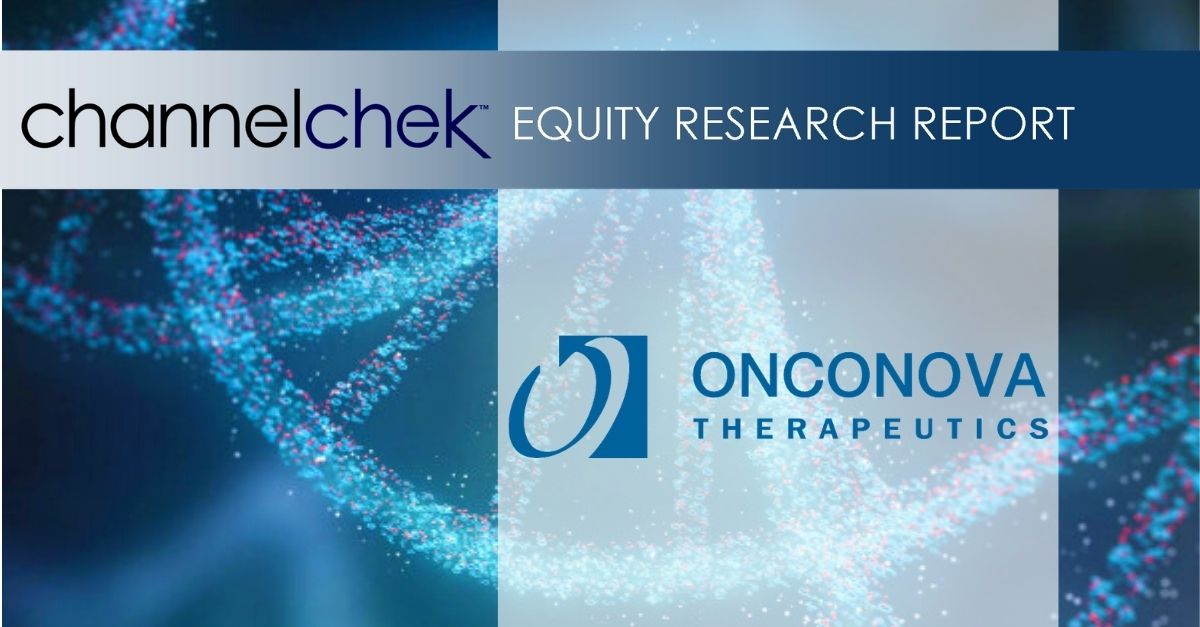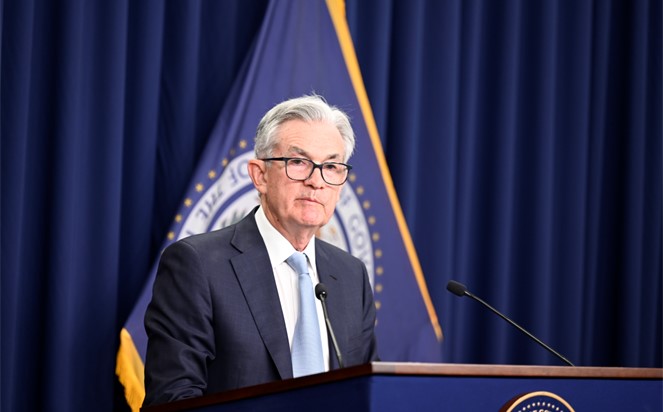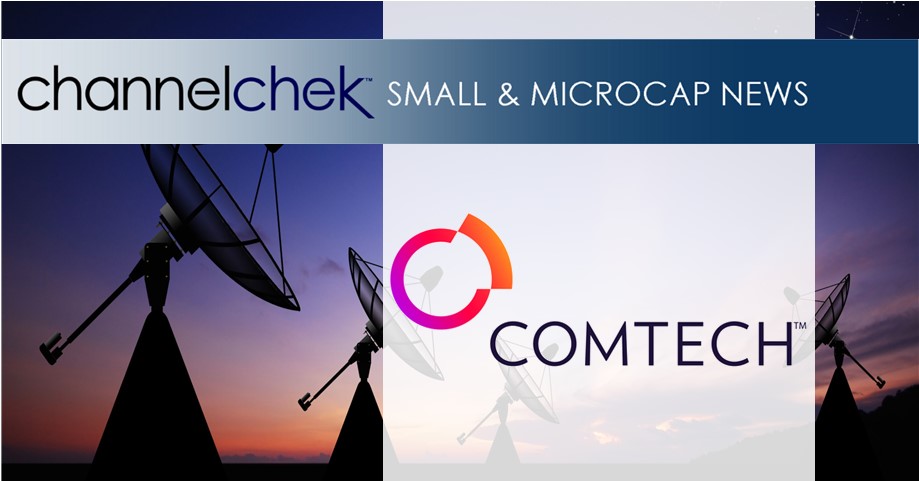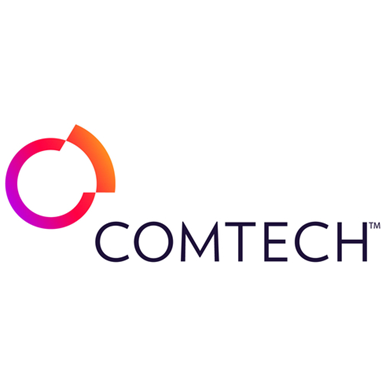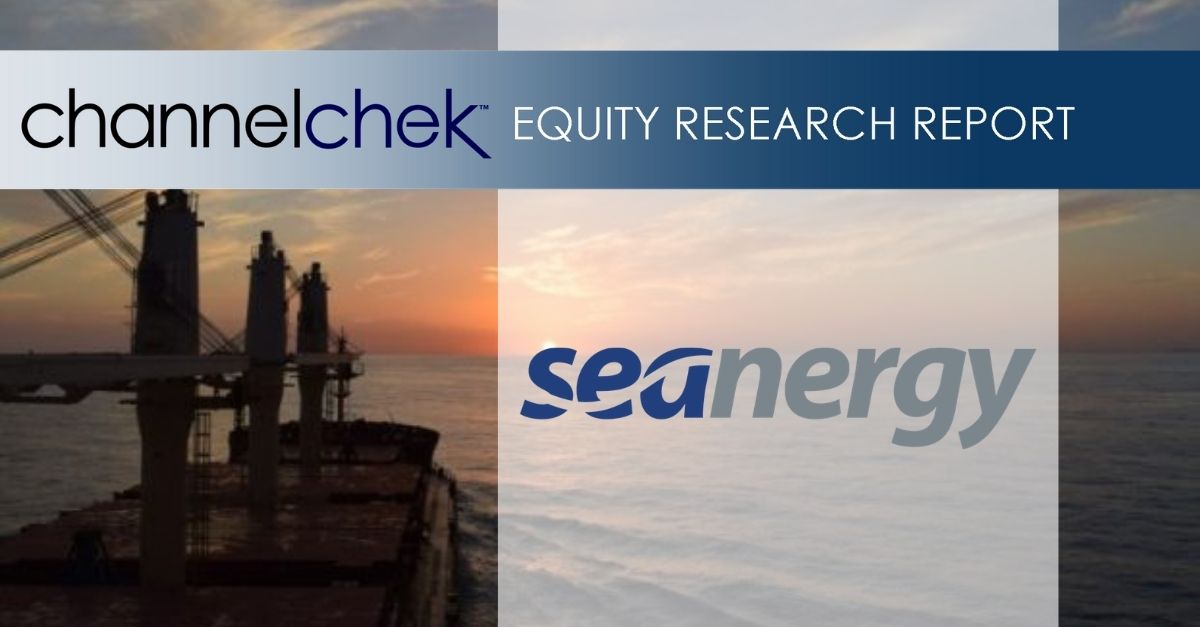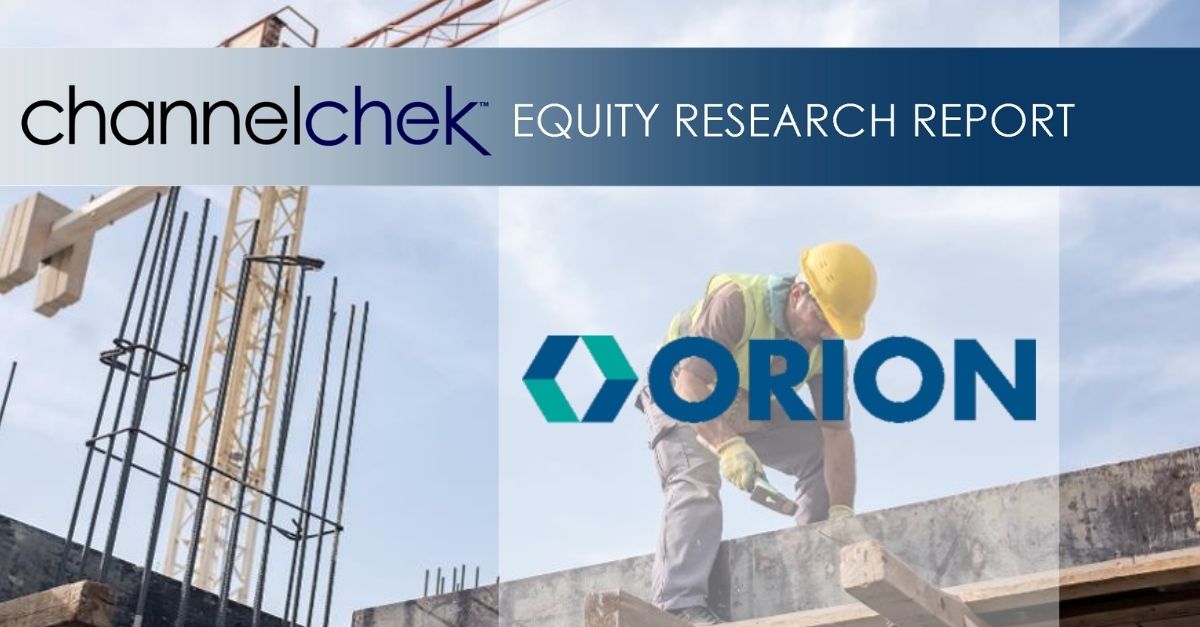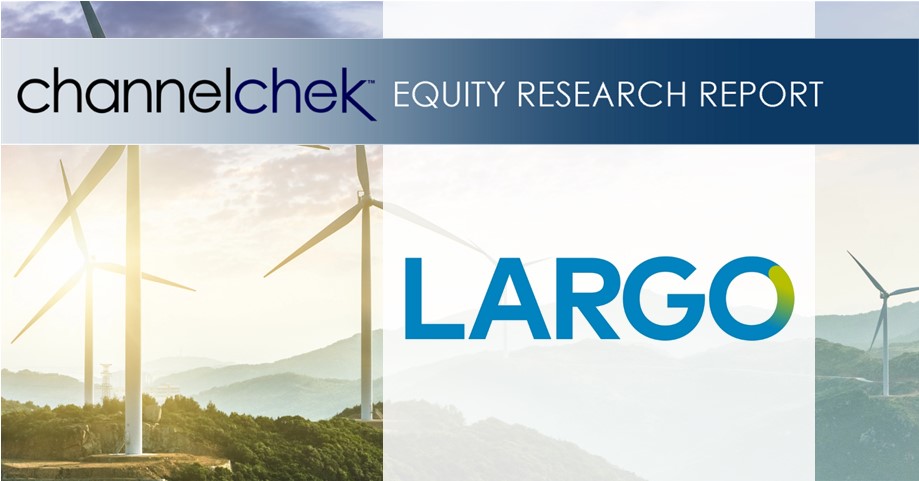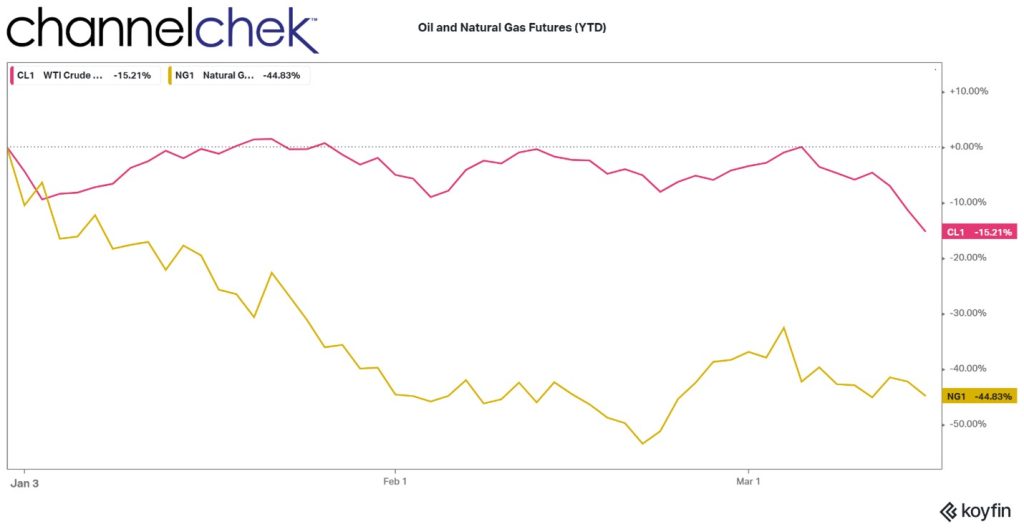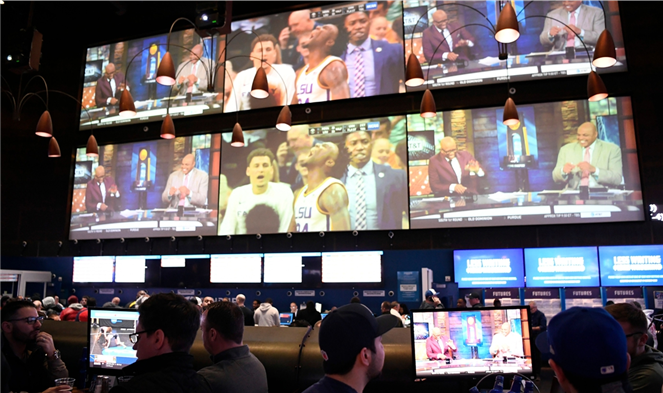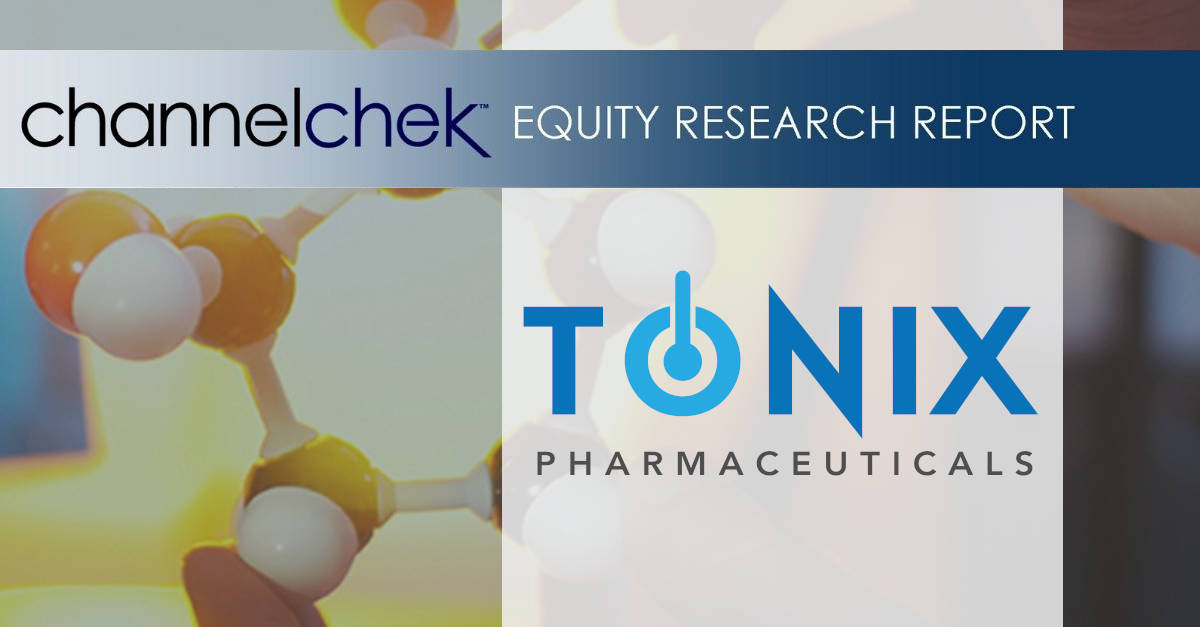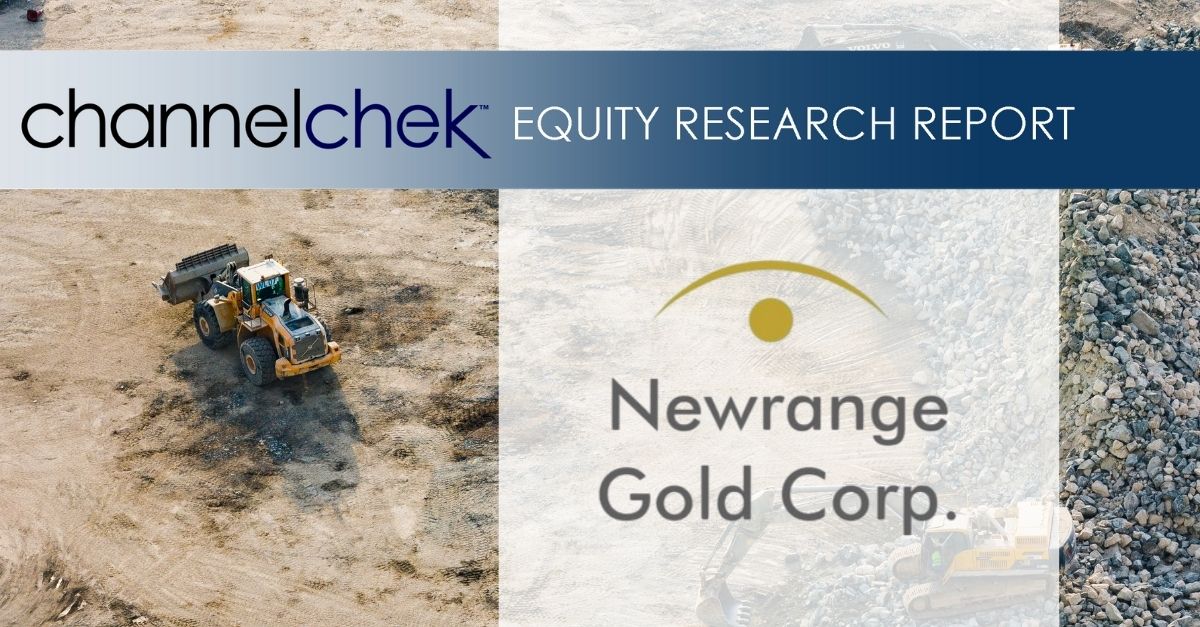Research News and Market Data on ONXT
Mar 15, 2023
PDF Version
NEWTOWN, Pa., March 15, 2023 (GLOBE NEWSWIRE) — Onconova Therapeutics, Inc. (NASDAQ: ONTX), (“Onconova”), a clinical-stage biopharmaceutical company focused on discovering and developing novel products for patients with cancer, today announced the publication of two abstracts that have been accepted for poster presentations at the American Association for Cancer Research (AACR) Annual Meeting, which is taking place at the Orange County Convention Center in Orlando, Florida from April 14 – 19, 2023.
The full texts of the published abstracts can be found on the AACR Annual Meeting website. The corresponding posters will be presented during the “Cyclin-dependent Kinases and Cyclin-dependent Kinase Inhibitors” poster session, which is taking place from 9:00 a.m. – 12:30 p.m. ET on April 19, 2023. Additional information on the posters is shown below.
Poster Title: Synergistic activity of the CDK4/6 antagonist narazaciclib (ON123300) with irreversible BTK inhibition in ibrutinib-resistant mantle cell lymphoma
Abstract Number: 5974
This poster will describe studies evaluating narazaciclib in preclinical models of mantle cell lymphoma (MCL). Results from these studies demonstrated narazaciclib’s single-agent antitumor activity in MCL cell lines independent of their sensitivity to ibrutinib, which is a Bruton’s tyrosine kinase inhibitor (BTKi) approved by the U.S. Food and Drug Administration (FDA) for the treatment of MCL. When combining narazaciclib with ibrutinib, synergistic increases in antitumor activity against both BTKi-resistant and BTKi-sensitive MCL cell lines were observed.
Additional analyses showed that narazaciclib’s antitumor activity against the evaluated MCL cell lines was superior to that of the FDA-approved CDK 4/6 inhibitors palbociclib and ribociclib, and similar to that of the FDA-approved CDK 4/6 inhibitor abemaciclib. Treatment with narazaciclib also led to tumor growth inhibition without detectable toxicity in a chicken embryo chorioallantoic membrane (CAM) xenograft model of MCL.
Poster Title: Differential targets engaged by narazaciclib in comparison to the approved CDK4/6 inhibitors contribute to enhanced inhibition of tumor cell growth
Abstract Number: 5987
This poster will describe cell-based, in vitro, and bioinformatic analyses comparing narazaciclib and palbociclib. Results from a cell-based murine mammary carcinoma model showed a stronger induction of programmed cell death with narazaciclib compared to palbociclib. In vitro and cell-based analyses revealed multiple targets that are engaged by narazaciclib but not by palbociclib. These targets included BUB1, the overexpression of which is correlated with poor survival in triple negative breast cancer. The results of additional cell-based assays that will be described in the poster suggest that narazaciclib may promote antitumor immunity and show that combining narazaciclib with autophagy inhibitors sensitizes breast cancer cells to cell death.
About Onconova Therapeutics, Inc.
Onconova Therapeutics is a clinical-stage biopharmaceutical company focused on discovering and developing novel products for patients with cancer. The Company has proprietary targeted anti-cancer agents designed to disrupt specific cellular pathways that are important for cancer cell proliferation.
Onconova’s novel, proprietary multi-kinase inhibitor narazaciclib (formerly ON 123300) is being evaluated in two separate and complementary Phase 1 dose escalation and expansion studies. These trials are currently underway in the United States and China. Based on preclinical and clinical studies of CDK 4/6 inhibitors, Onconova is also planning a combination trial of narazaciclib with estrogen blockade in advanced endometrial cancer, as well as its clinical study in additional indications.
Onconova’s product candidate rigosertib is being studied in multiple investigator-sponsored studies, including a dose-escalation and expansion Phase 1/2a study of oral rigosertib in combination with nivolumab in patients with KRAS+ non-small cell lung cancer, and a Phase 2 program evaluating rigosertib monotherapy in advanced squamous cell carcinoma complicating recessive dystrophic epidermolysis bullosa.
For more information, please visit www.onconova.com.
Forward-Looking Statements
Some of the statements in this release are forward-looking statements within the meaning of Section 27A of the Securities Act of 1933, as amended, Section 21E of the Securities Exchange Act of 1934, as amended, and the Private Securities Litigation Reform Act of 1995, and involve risks and uncertainties. These statements relate to Onconova’s expectations regarding its clinical development and trials, its product candidates, its business and financial position. Onconova has attempted to identify forward-looking statements by terminology including “believes,” “estimates,” “anticipates,” “expects,” “plans,” “intends,” “may,” “could,” “might,” “will,” “should,” “preliminary,” “encouraging,” “approximately” or other words that convey uncertainty of future events or outcomes. Although Onconova believes that the expectations reflected in such forward-looking statements are reasonable as of the date made, expectations may prove to have been materially different from the results expressed or implied by such forward-looking statements. These statements are only predictions and involve known and unknown risks, uncertainties, and other factors, including the success and timing of Onconova’s clinical trials, investigator-initiated trials and regulatory agency and institutional review board approvals of protocols, Onconova’s collaborations, market conditions and those discussed under the heading “Risk Factors” in Onconova’s most recent Annual Report on Form 10-K and quarterly reports on Form 10-Q. Any forward-looking statements contained in this release speak only as of its date. Onconova undertakes no obligation to update any forward-looking statements contained in this release to reflect events or circumstances occurring after its date or to reflect the occurrence of unanticipated events.
Company Contact:
Mark Guerin
Onconova Therapeutics, Inc.
267-759-3680
ir@onconova.us
https://www.onconova.com/contact/
Investor Contact:
Bruce Mackle
LifeSci Advisors, LLC
646-889-1200
bmackle@lifesciadvisors.com

